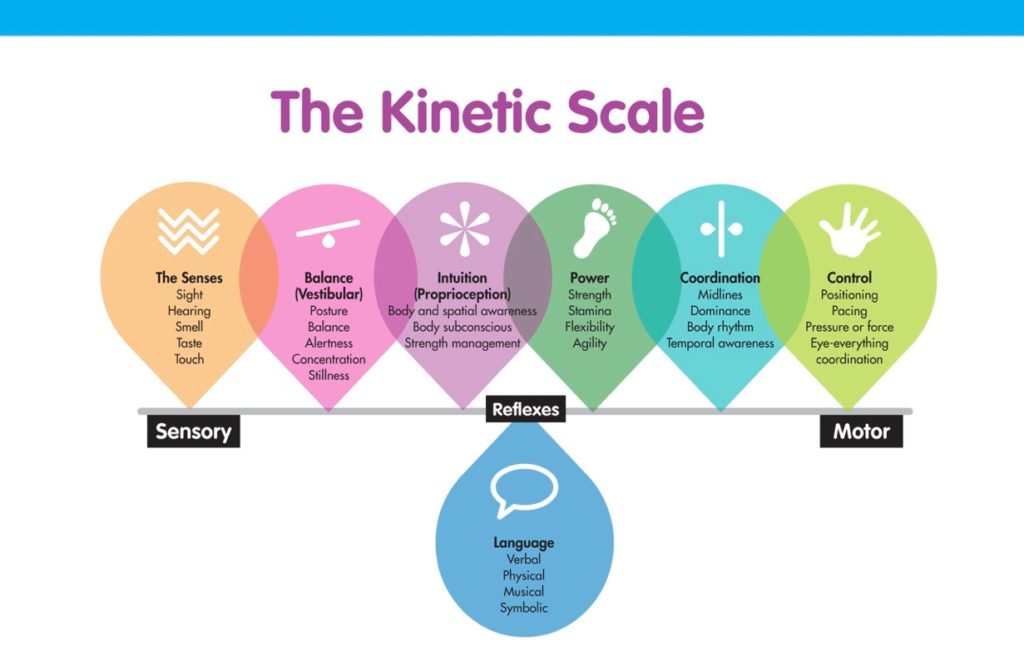We are excited to share our newly revised website with all of you and our first Blog on this site. www.letsplaytogether.org
We always flip the calendar to August with a bit of nostalgia for the carefree days of summer almost over and excitement for the new school year. Whether you are heading back to school or other work with preschool children, we wish you a great year filled with making a difference in the lives of young children.
We are excited to return to work to implement some of what we learned on our incredible trip to New Zealand . In March 2019, with a grant, we traveled to New Zealand to meet Gill Connell and travel with her for five days to sites using her Moving Smart program. She took us to sites on both the north and south islands of New Zealand. We originally had the great privilege of hearing Gill speak here in the United States in October 2015. She talked about what she saw as a world wide epidemic in the western world with our young children in the areas of increased anxiety, attention and focus difficulties and delayed gross and fine motor skills. She felt this was due to the deluge of early technology and also the lack of movement in the early months and years of our young childrens’ lives. Movement feeds the young brain and our children are moving less. We made the decision that we wanted to learn first hand more about her work, as it was similar to ours in many ways, but had some added components that we wanted to learn more about. It is our hope to share what we have learned through our blogs and through our social media with facebook and instagram.
Today we would like to introduce you to Gill, her Kinetic Scale and her very helpful, parent friendly book entitled A Moving Child is a Learning Child. In this short video she talks about the early learning link between the body and the brain:
Gill was inspired by the food pyramid as it gives you a guideline for what foods you should eat and how much for a well balanced diet. We need so many different aspects of physical development for the brain to grow….running around outside is not enough, so Gill organized guidelines for teachers and parents and she identified the “food groups” for physical development in the young child.

reflexes, sensory and motor tools, and language.
What we discovered as we traveled to sites in New Zealand and talked with teachers, was that the kinetic scale is a powerful planning tool for them as they prepare their classroom activities for the children. The Kinetic Scale addresses the needs of all the different kinds of learners and helps teachers look at their classrooms and ask the question: do I have activities that touch on all six of the areas of the kinetic scale.
So we recommend that if you don’t have a copy, to get a copy of Gill’s book A Moving Child is a Learning Child, available on Amazon. It is filled with so many great ideas and gives you access to her Kinetic Scale. We plan to use it in our new school year and will continue to talk about it in future blogs.
Here’s to a great year! Mary and Laura

